
Love All
The Queensland Tennis Centre is packed to the (Pat) Rafters with lighting control.
Text/: Graeme Hague
It was once remarked, by someone obviously ungrateful, that the worst thing to ever happen to tennis was the discovery that a tennis court is the perfect size and shape to fit on a television screen. In other words, tennis had become big business – like most popular sports – and would suffer accordingly. Well, if facilities like the Queensland Tennis Centre (QTC) in Brisbane are considered a bad thing, some people are plainly never going to be happy. Built as part of the Mirvac Group’s Tennyson Riverside Development project, the QTC is already a landmark venue for the sport in Australia, being the first in the country to provide all three Grand Slam surfaces of clay, grass and cushion acrylic (ah… that’s hard-court to us football fans). The main centre court, the Pat Rafter Arena with seating for 5500 people, is equipped with state-of-the-art lighting and audio.
Which is all very good for the occasions when some kind of pre-eminent tournament is being held at the centre, but what about the other 50 or so weeks of the year? While the tennis world’s attention is focused on the QTC’s main court, of course everything has to go right, but the bread and butter of a facility like this comes from the daily use of the other 23 courts, the change rooms and the meeting and function rooms. In these, everything has to go right, all the time. After all, the QTC is now the headquarters for Tennis Queensland and the Queensland Academy of Sport.

SEEING TENNIS IN A NEW LIGHT
Not surprisingly it’s all about lighting and an important factor to consider is that a large tennis centre presents an unusual lighting challenge. Most sports stadiums have multiple lights and areas to manage, but they’re concentrated on a single playing surface like a football field or cricket oval. The QTC has 24 separate courts including the main arena, which can require a multitude of combinations of lights on and off at each one. Much more precise levels of control across a large number of separate sections is needed. The issue isn’t only about avoiding inadvertently turning off the power just as some grumpy McEnroe-like chap is about to serve the ace of a lifetime. Mismanagement of lighting in a venue such as this can cost tens of thousands of dollars in wasted energy every year. So it’s an investment to install a fine-grained control system and gain accurate time management of electricity consumption.
Some things haven’t changed; court hire is based on a timer system and yes, the lights are automatically dimmed when your time runs out. Each and every court can be controlled independently or grouped into any arrangement of multiple courts. But there also had to be provision for certain courts to be locked out of the hire system when necessary, such as when they’re permanently allocated to training or as warm-up areas for the main court. Of course, the Pat Rafter Arena needed to be completely isolated from the hire sections.
Stowe Australia, which was the electrical contractor for the project, engaged Clipsal to provide an engineered and guaranteed lighting control system for QTC. Clipsal turned to Auztech to perform the design, supply and implementation, as it is a Clipsal Platinum partner and has full manufacturer backing and guarantees.
With the level of flexibility required, a Clipsal C-Bus system was installed along with Clipsal Schedule Plus software. Master control is provided by a C-Bus MkII black and white touchscreen. A library of presets was created for common situations, and right from the beginning QTC staff were able to dial up required lighting with just a few simple menu selections. Programming was not restricted to the lighting of the playing surfaces. Like any large business structure with meeting facilities, the network included the corporate suites and function rooms. A variety of presets were created for these too, with individual controls in each room to allow local override of the settings sent from the central management PC.


TRACKING THE HOURS
Another important aspect of the whole system is the requirement to monitor lamp life and apply maintenance across the entire grid. The courts each have two or three separate banks of lighting, with only one being used at any time. Usage is rotated between banks, which reduces wear and tear on all of them, thereby prolonging the life of the fixtures themselves, plus it gives the capability to switch to another lamp in case of a failure. The accumulated burning time of the lamps is displayed on the central control system and faulty lights are highlighted instantly. The display actually shows estimated lamp-hours only, based on the time the fixtures are powered up. There is no intelligent data sent from the fixtures themselves. Once the software indicates that certain time-limit thresholds are reached the staff are alerted that a lamp may lose brightness or fail altogether and maintenance procedures can be carried out.
On a normal day-to-day basis, the QTC’s best approach to efficient energy management is based on the detailed lighting scheduling the system provides, plus the ability to narrowly focus on specific areas. In some places motion detectors are used to trigger lights only when necessary. However, in Tournament Mode the shots are called by Tennis QLD and this means most of the lighting is on and you’d be forgiven for thinking the whole green, conservative caring-and-sharing of the planet mindset is temporarily forgotten in favour of being able to see a furry tennis ball heading for between your eyes at a hundred miles an hour… very selfish. Okay, that’s not true, since Tennis QLD was an important part of a consultation process to determine exactly what was or wasn’t needed on during the big games. A lot of thought went into it.
Often these large projects need the contractors to return and tweak the system or make adjustments, but in this case everybody got it right first time. The only significant addition to the job was a laptop computer with fully compliant version of the Clipsal Schedule Plus software being installed in the Pro Shop that can act independently of the main server in the administration area.
When the serious tournaments are being played, no doubt the QTC glows like a beacon against the Brisbane night sky, but you can still be sure that neither a single, unnecessary light is glowing nor a kilowatt of power being wasted.


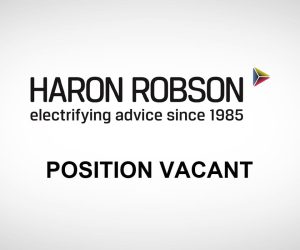


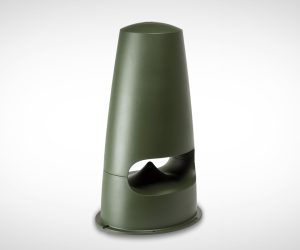
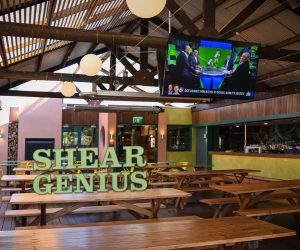
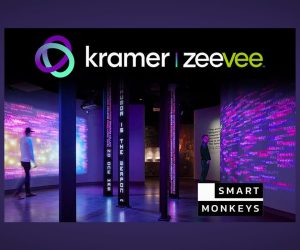
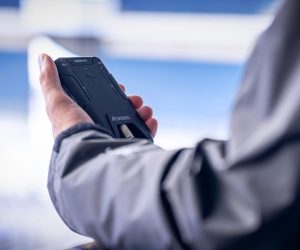
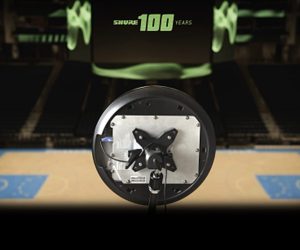

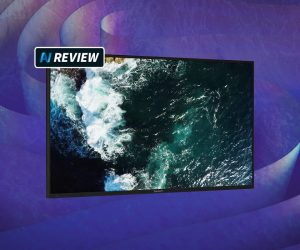
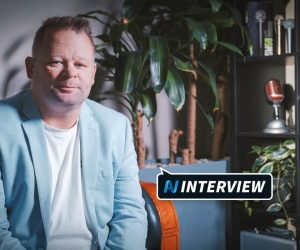


RESPONSES